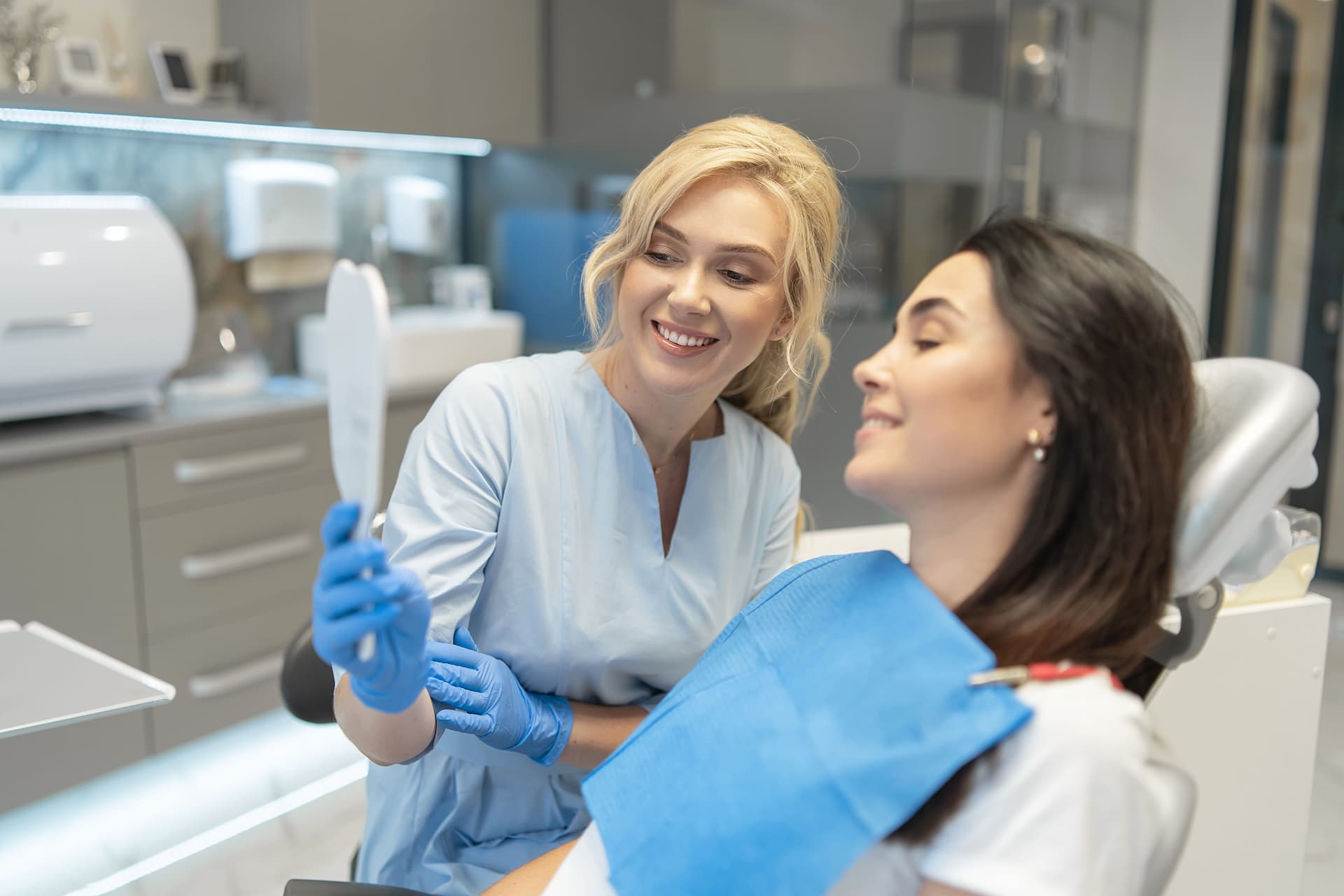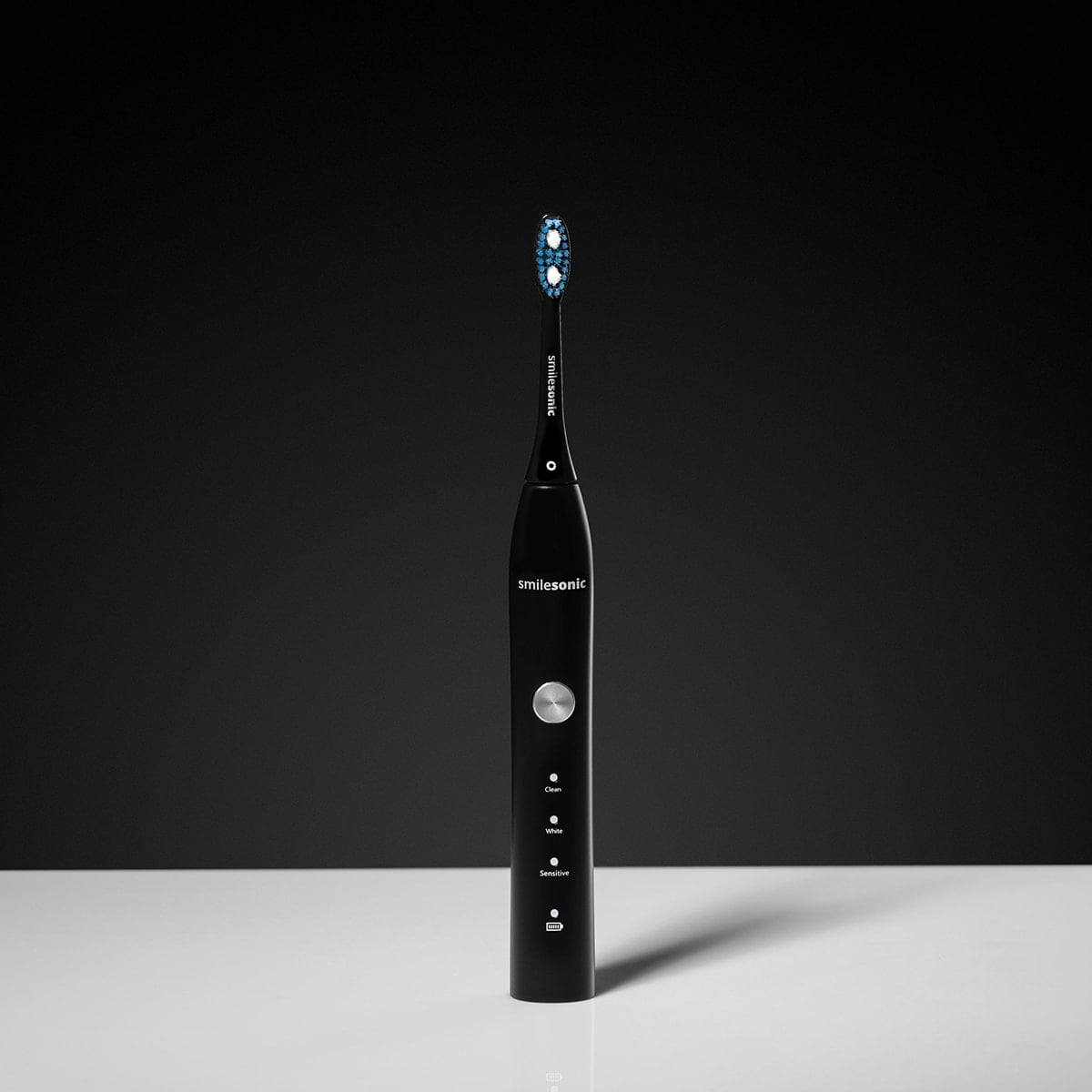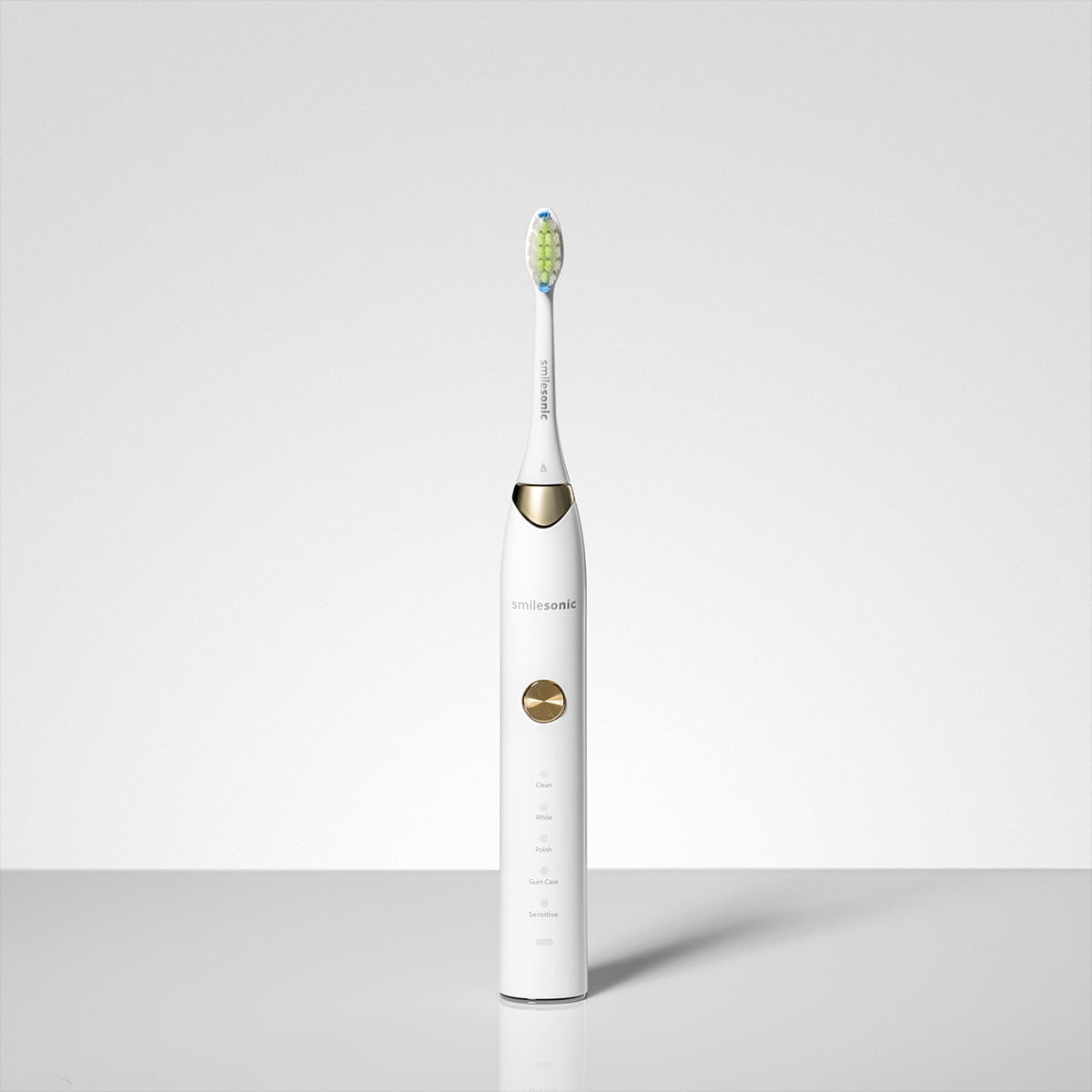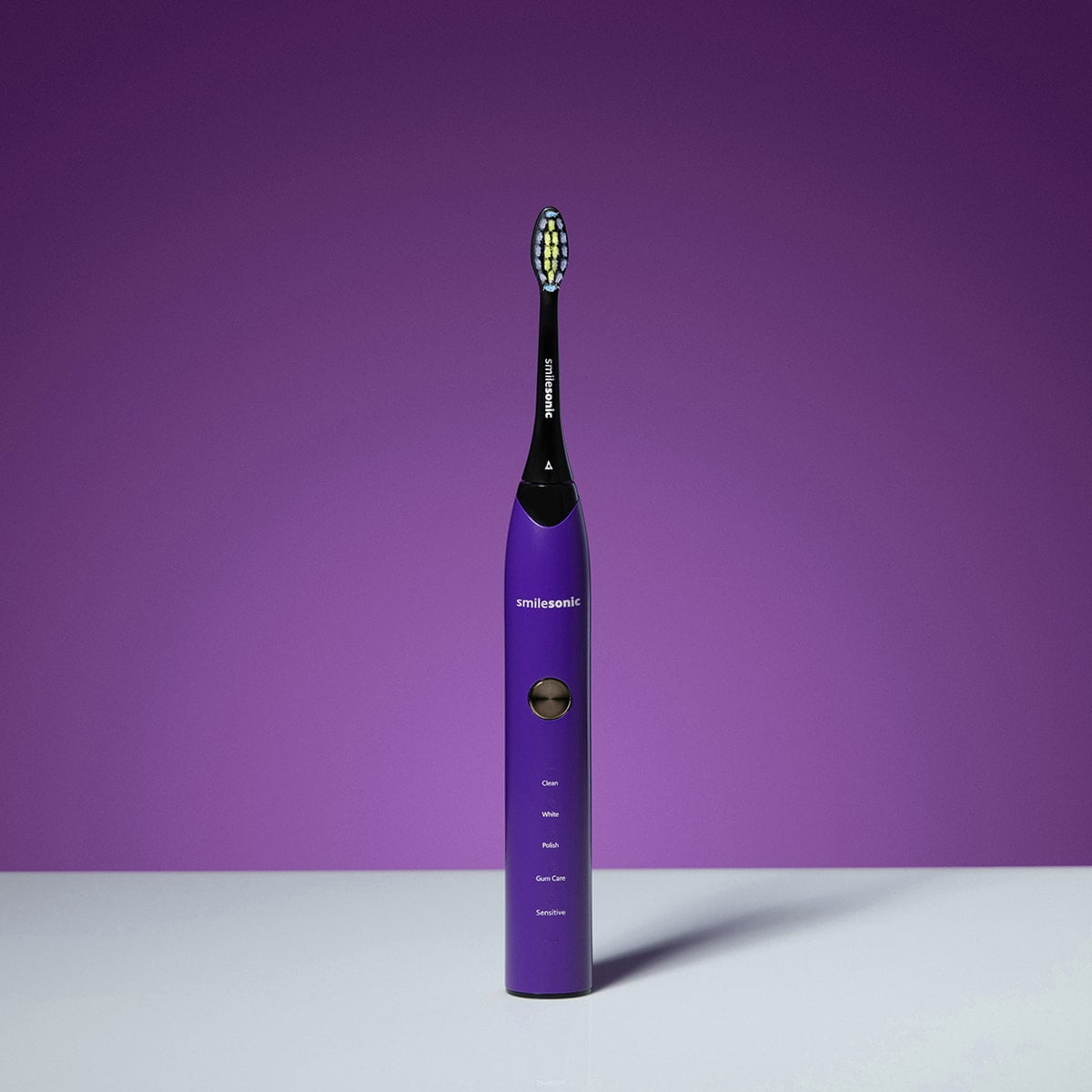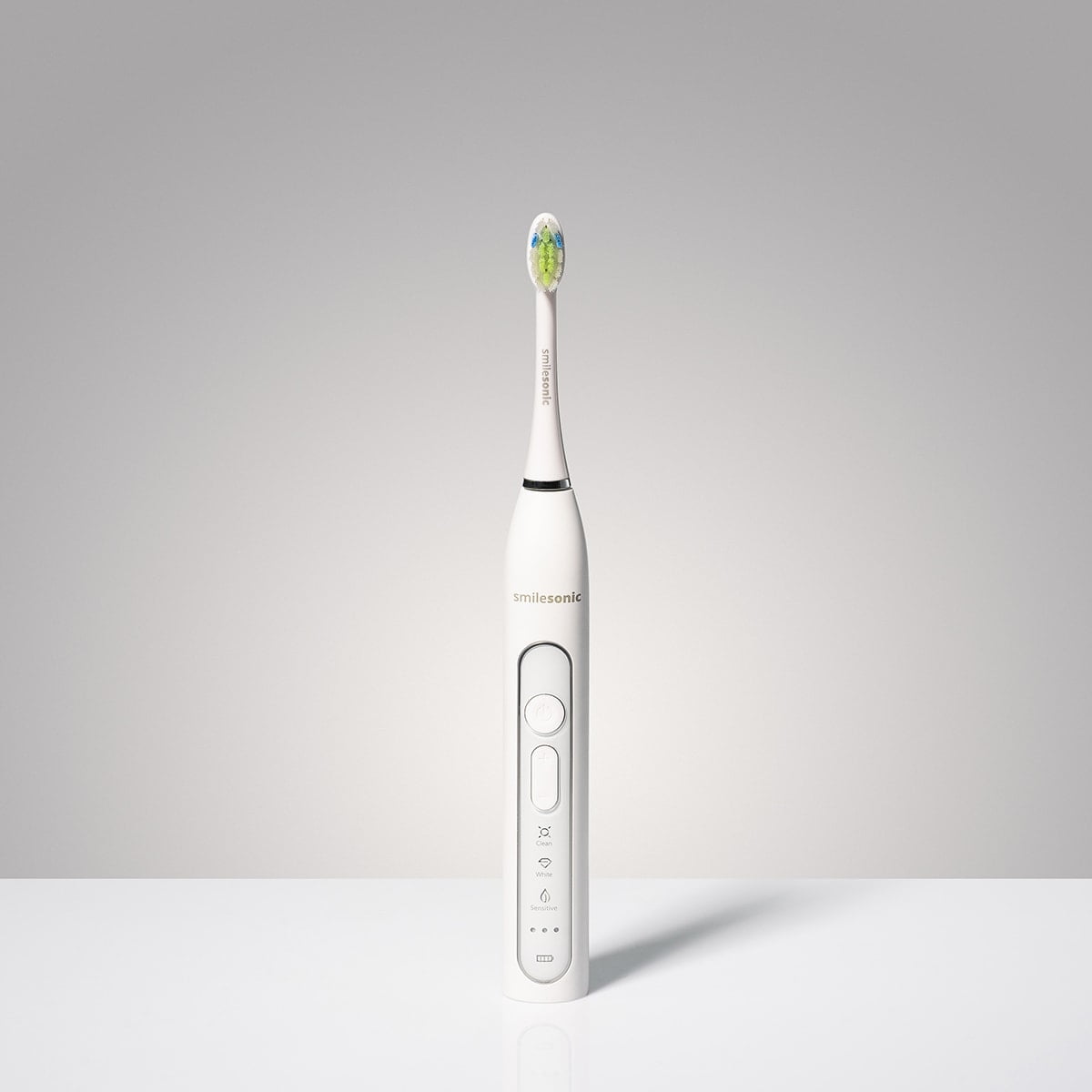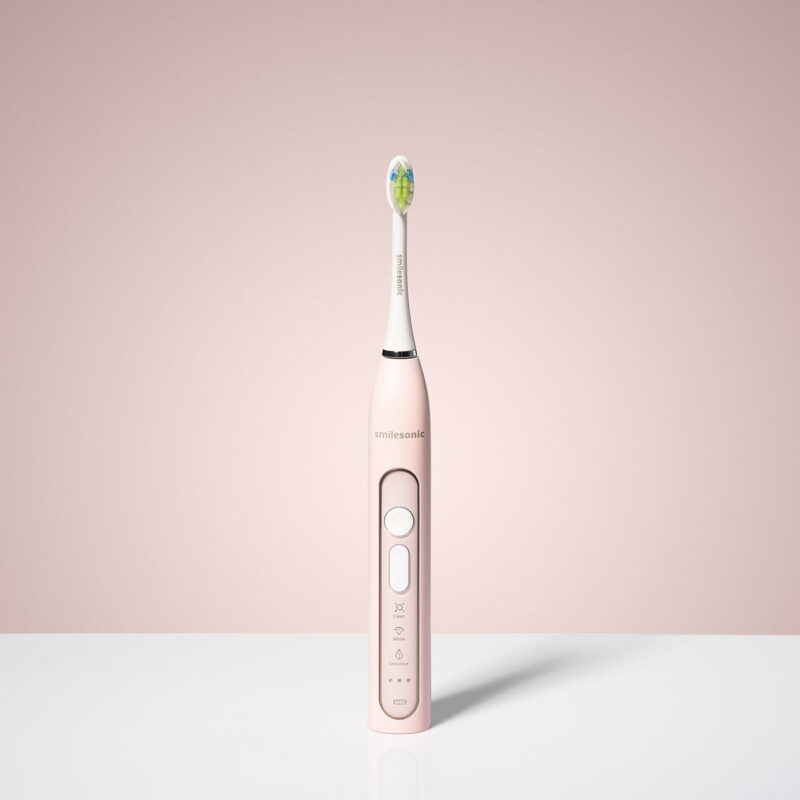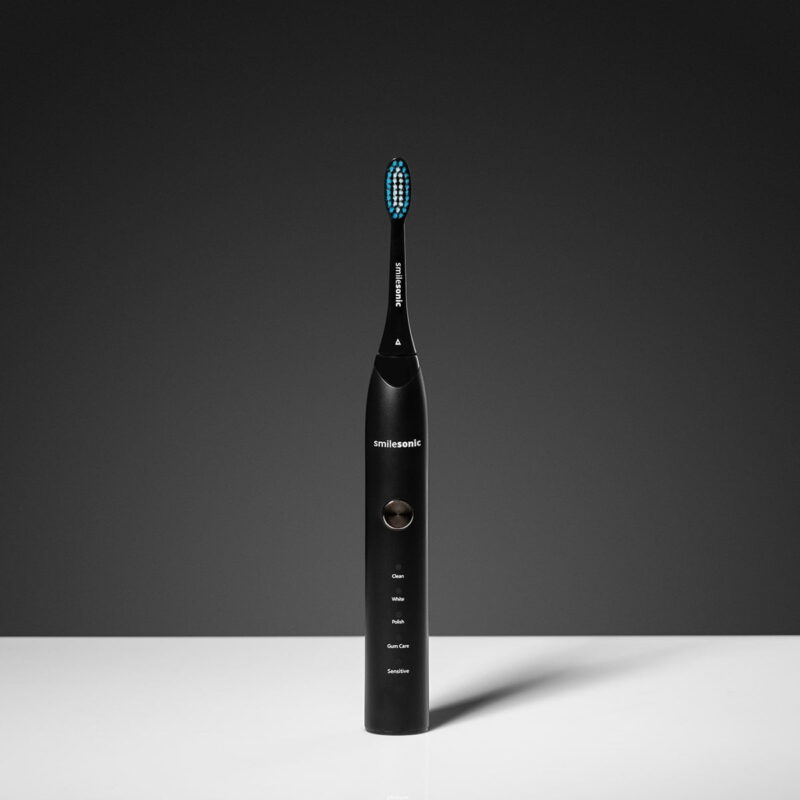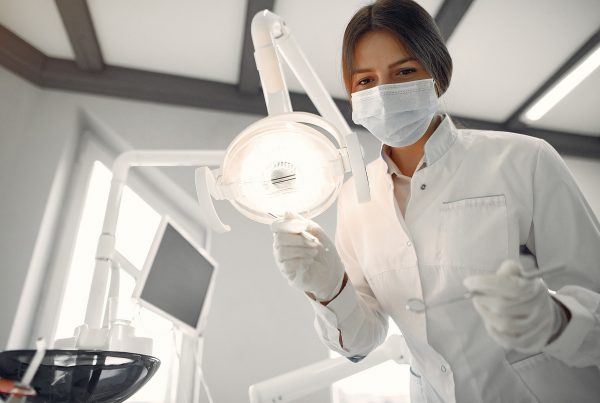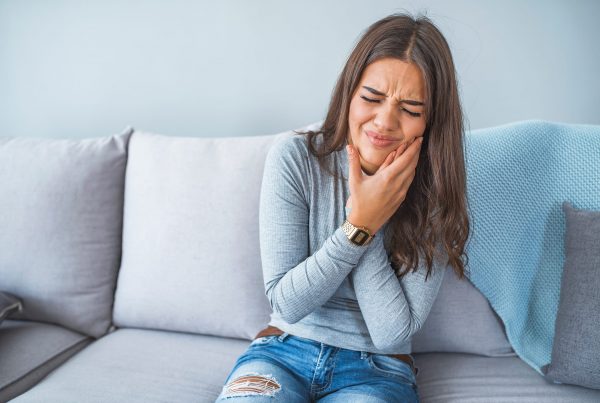Aphthae – Where do they come from and how do you deal with them?
Aphthous ulcers are unsightly, painful sores in the oral cavity. They are usually formed as a result of mechanical trauma, micronutrient deficiency or decreased immunity. These changes appear sporadically or periodically. Usually they are not dangerous, but in some cases, they signal dangerous diseases. How do you recognize aphthous lesions and when should you consult a specialist?
Where do aphthae come from?
There is no clear universal cause for the appearance of aphthae. According to specialists, in the vast majority of cases we have to deal with them as a result of local injuries in the mouth, vitamin deficiencies (especially of the B12 and B9 groups), and general weakness of the body (anemia, permanent stress). Sometimes, they also have a genetic basis – this means that if a parent struggles with recurrent, chronic aphthae, it is very likely that the child will inherit this tendency from him.
However, these are not all the cases in which we may notice aphthous sores in our mouths. Other possible causes of their appearance are:
- Herpes,
- Hormonal imbalances,,
- Food intolerance,
- troubles with the nervous system,
- ulcerative colitis,
- Coeliac disease,
- Behçet’s disease,
- Crohn’s disease.
How can you tell if it’s an aphtha?
Aphta is noticeable even before it is visible to us. It itches, hurts and burns in the area where it forms and becomes more painful when eating, speaking or consuming acidic foods. After one or two days at most, the aphtha can be seen with the naked eye. It has a white color and redness around it, which is a sign of inflammation. It is characterized by a round or oval shape. This change may appear singly, but also occur in a larger cluster.
Aphta can usually be observed on the inner side of the lip, on the tongue, the mucous membrane and the floor of the mouth. They can vary in size – the diameter of the smallest aphthae does not exceed 5 mm. Such aphthae occur singly or in a cluster of up to 5 aphthae and usually disappear after a week or two (however they often return). Larger aphthae are over 10 mm in diameter and can occur either alone or in groups of up to three. They stay with us for up to several weeks and sometimes leave behind remnants in the form of scars.
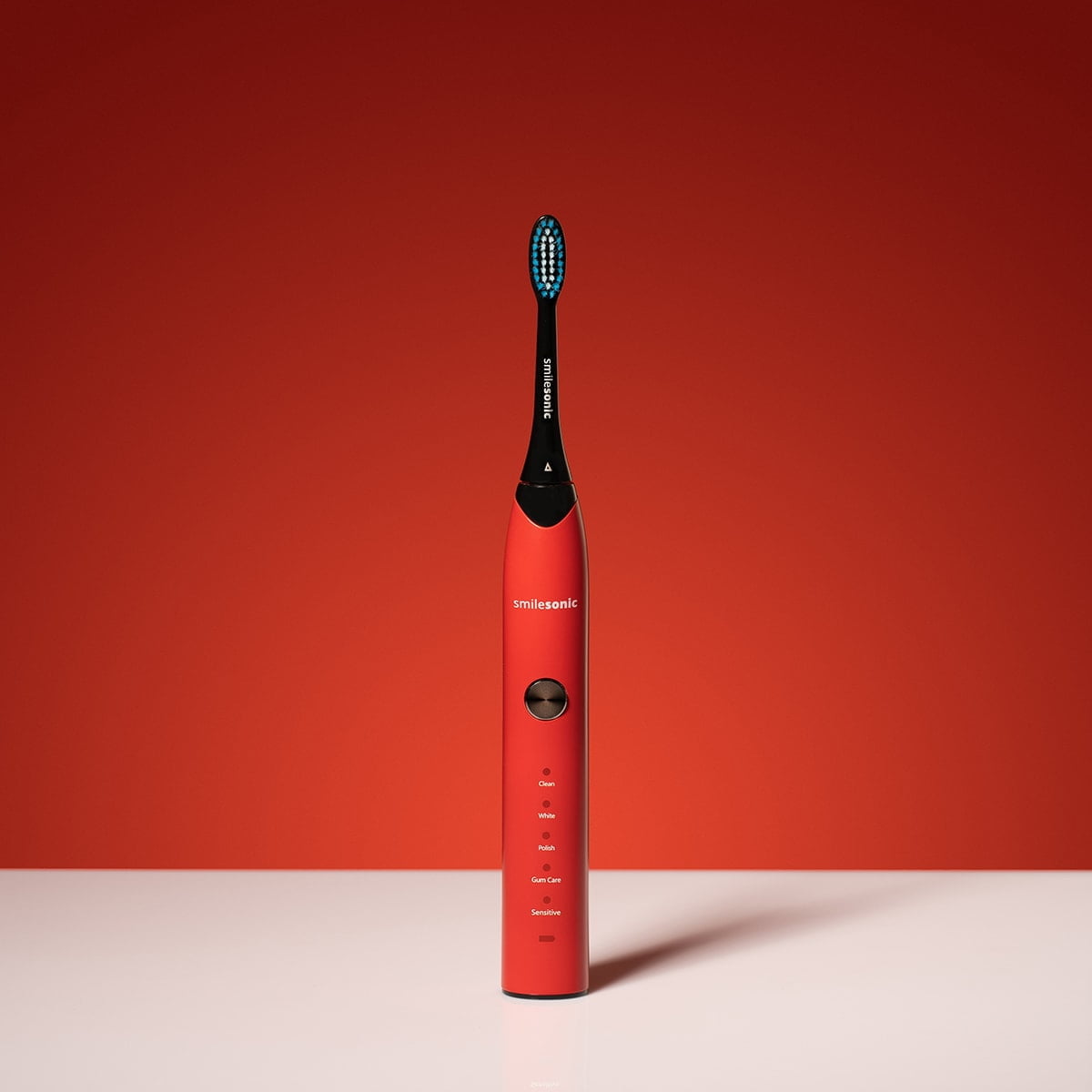
379,00 złAdd to cart
How can you deal with aphthae quickly and on your own?
In the vast majority of situations, you can effectively deal with aphthae at home. To do so, you first have to take care of your oral hygiene. You should brush your teeth at least twice a day, as gently and skillfully as possible, trying to avoid irritation. It is worth investing in a sonic toothbrush for this purpose. You don’t have to scrub your teeth or press the bristles firmly against the enamel; all you have to do is gently press them against your teeth and they do the work for you. Sonic toothbrushes also remove far more bacteria from your mouth than manual toothbrushes, so they don’t give aphthous plains a chance to fester.
In addition to proper oral hygiene, a nutritious diet will also prove effective in the fight against aphtha. Products rich in vitamins A, B, C and E (for example, vegetables, fruits, yogurt) should be introduced to your menu. In addition, you should eat foods that strengthen the immune system, such as garlic, onions and beans. On the other hand, you should avoid sweets and alcohol as well as hot, hard, spicy and sour foods as they may aggravate the discomfort and make it more difficult for the mouth ulcers to heal.
When should you consult a specialist?
As mentioned above, in the vast majority of cases we can manage the aphthae with home remedies, and they often disappear on their own. There is, however, a small percentage of cases in which aphthous sores persist in the mouth for a longer period of time (more than a month) and are accompanied by fever, for example. In such a situation, when home remedies fail, we need to consult a doctor. A specialist will analyze the condition of our mouth and try to locate the source of the problem and then implement the appropriate treatment.
What does it look like? Most often it comes down to prescribing mouthwashes, sprays or gels with anti-inflammatory, analgesic and soothing properties. If the source of the problem is a systemic disease, the doctor decides to use antibiotics, steroids or vitamins. Individual aphthae can also be removed from the mouth with laser therapy or chemical burning.
